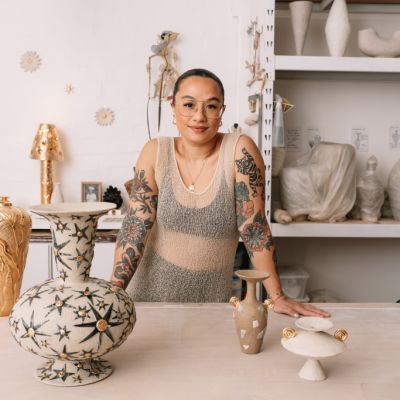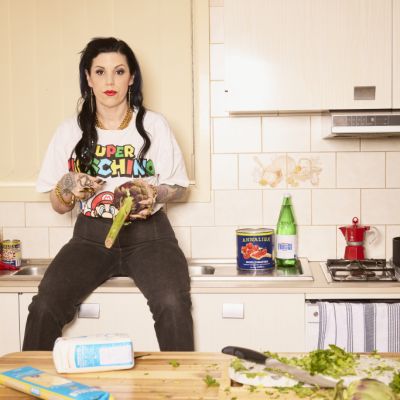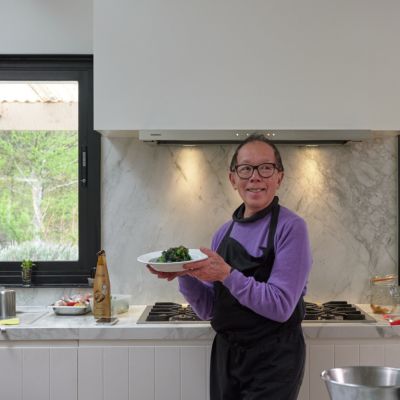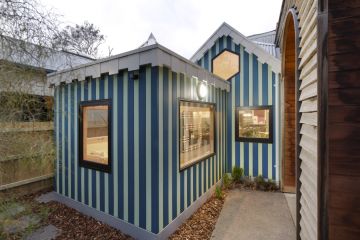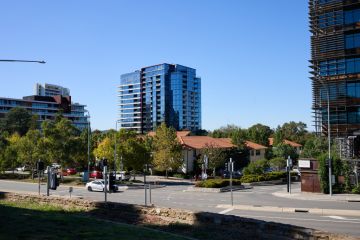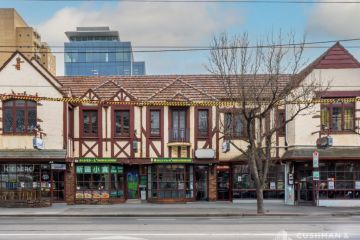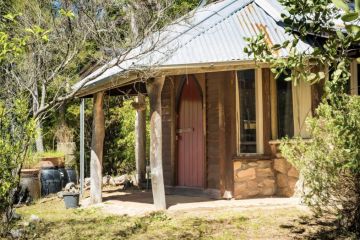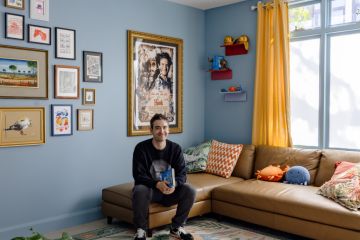RuPaul’s Drag Race Down Under finalist Art Simone on her new book release
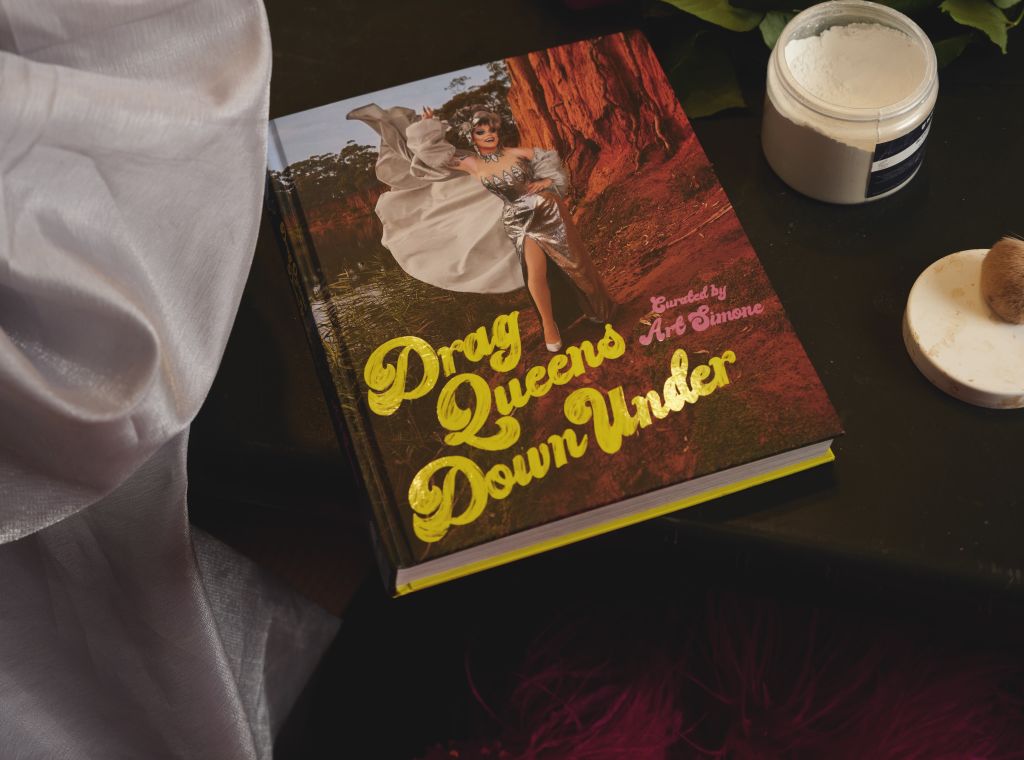
Art Simone reckons she could write “at least 300” PhDs on The Adventures of Priscilla, Queen of the Desert. It’s a slight exaggeration – the drag performer hardly has time for academia amid her hectic whirl of touring, theatre, podcasting and activism. But the obsession – and the dedication – are real. “I am the biggest fan of Aussie drag. It’s my life blood,” she tells Broadsheet. “I eat, breathe and live drag – it’s my favourite thing in the world.”

As it turns out, the current title holder of Melbourne’s Favourite Drag Queen and runner-up on RuPaul’s Drag Race Down Under season one has been putting pen to paper on her most cherished topic. The result is Drag Queens Down Under, a book celebrating Aussie drag through lush photography and her interviews with 30 artists from across the country: from Les Girls pioneers and Priscilla-era innovators to social media stars and international cultural ambassadors.
After chatting queen-to-queen with all the artists in the book, is there something that unites these performers? What’s the DNA of Australian drag?
“I think what makes Aussie drag so special and unique is drag is ingrained within our Aussie culture: from Les Girls to Aunty Jack to Dame Edna to Priscilla, it’s always been there with us. Our drag has this sense of larrikinism and fun and frivolity. It’s just super-bright, and that is displayed not only within our costuming, but also within our personalities and our performances.”
Art’s look on the book’s front cover is an obvious nod to Priscilla’s iconic promo shots – red Australian dirt, outback-blue sky, lone fabulous queen in heels and billowing frock. The dress in question (which she also wears for our photo shoot in the only slightly less iconic environs of Richmond’s Corner Hotel) is an homage to the late Jullianne Dean, an Adelaide drag costume designer known for her gum leaf motifs.
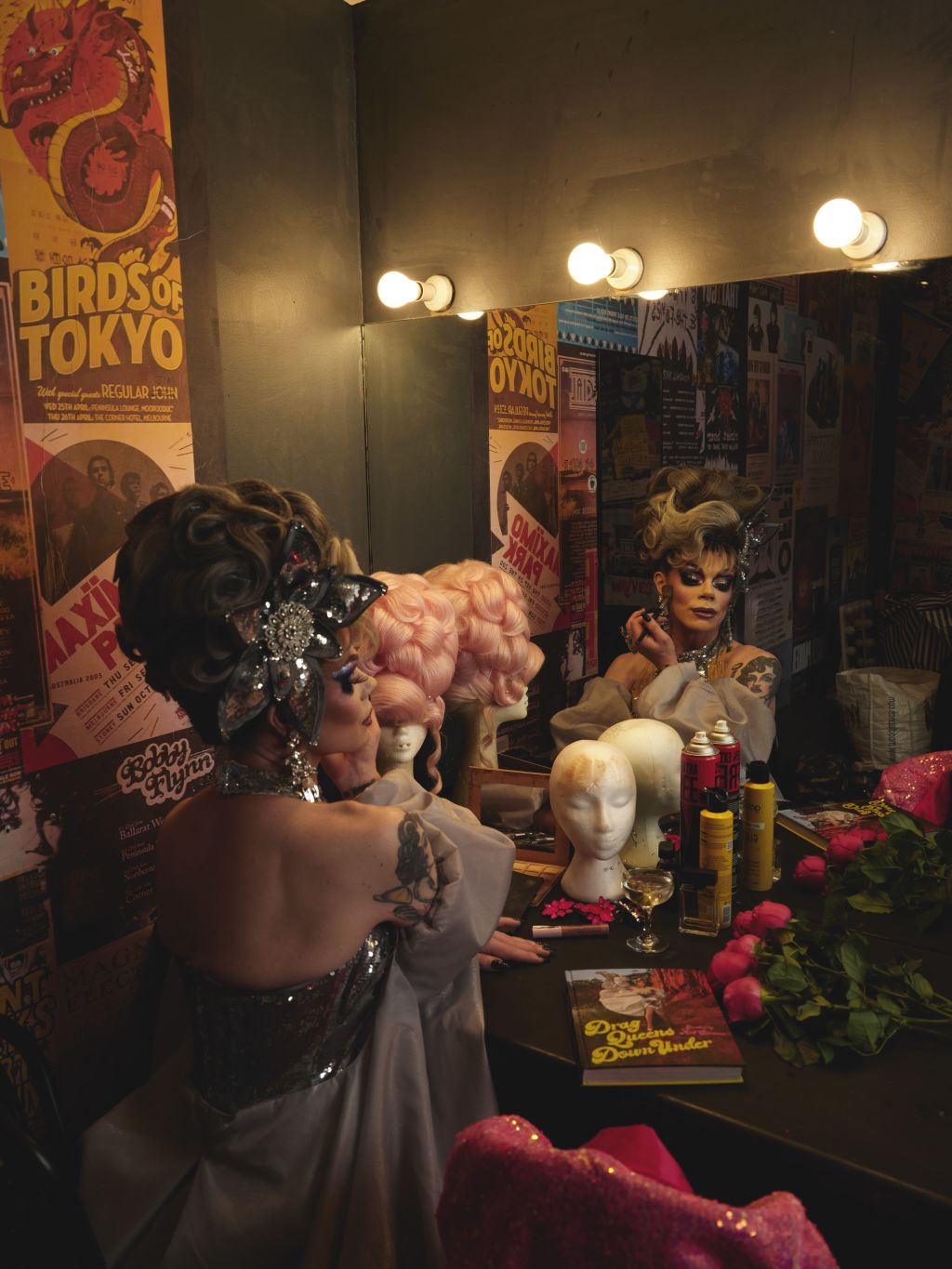
Of course the 1994 movie is a massive glittering milestone in the history of our nation’s drag. Art’s book features generations of performers connected to it: Cindy Pastel, the inspiration for Hugo Weaving’s character; Maude Boate, who invented the sculpted foam wigs it popularised; Vonni, a member of the legendary trans showgirl troupe Les Girls who also starred in the musical version; Maxi Shield, a fellow Drag Race alum who performed in the Priscilla tribute at the 2000 Olympics closing ceremony.
“Priscilla was integral to shining a light on the queer community in an era where there wasn’t much light,” Art says. “It really lifted the curtain and showed what it was like to be a drag artist, a trans person, a little insight into community backlash. You know, you think back to the scene in Broken Hill [where the famous bus is defaced with an anti-gay slogan] and it’s just tragic.
“So it shone that light, but it also showed how powerful and bright and fun [drag could be]. And how people didn’t need to be afraid of the queer community. You treat people with kindness and show them, educate them – it’s sometimes best just to lead by example, which is quite lovely.”
Drag queens have always been a very visible vanguard of LGBTQ+ rights, and the book touches on decades of discrimination: gay-bashing and criminalisation, the AIDS epidemic, trans panics, the marriage equality debate.
In her interview with drag elder Vonni, Art details an anecdote from the ’70s where trans performers weren’t allowed to use a venue’s bathroom because they were “deviants”. Fifty years on it’s a depressingly familiar story. “That’s the scary thing, interviewing some of these people and some of their troubles,” Art says. “We’re still there, or we went back, or are we just not moving forward in certain areas?”
Still, it’s a queen’s job to speak up. “I think they’re always going to be looking up to you in all senses of that phrase. You can demand attention and really lead the way. I think drag queens will always be great at that. We’ve also got the loudest voices in both meanings.”
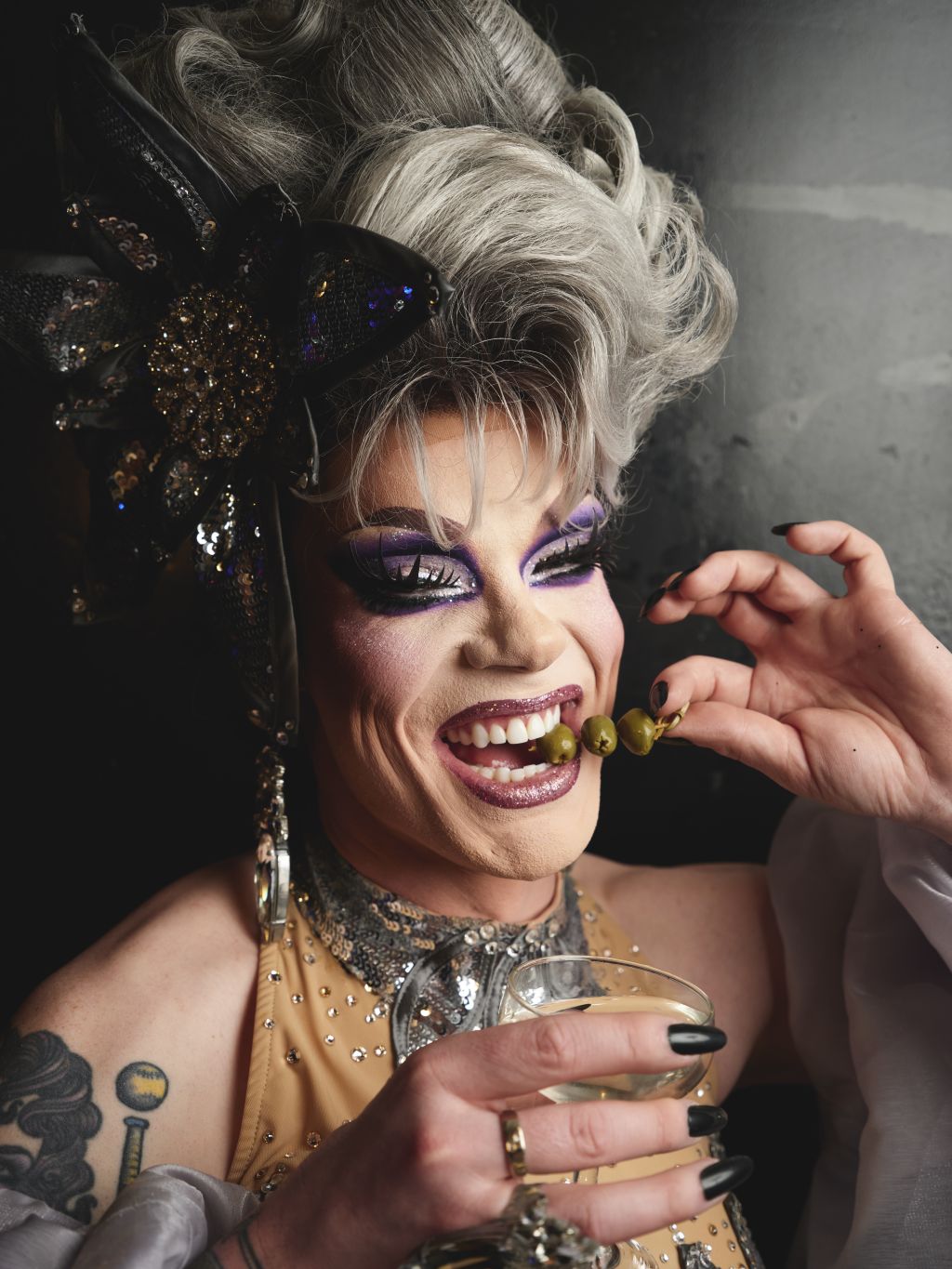
Art describes her drag persona as a “technicolour and effervescent goofball”. The stage version is “just me on steroids with a lot more confidence and ability, bigger shoes and slightly better hair”, she says.
Drag started in high school, where she admits to feeling like an outcast. “I was drawn to it as a sense of escape,” she says. “As a teenager, I wasn’t sure who I was, I didn’t know who I wanted to be, and by using makeup and wigs I was able to transform and escape my life – just for a moment.”
Art’s origin story isn’t unique. Most of the queens interviewed in the book talk about drag as an escape from trauma. “It was a very big through-line for everyone,” she agrees. “A lot of drag artists are broken people; people who have gone through immense struggles and troubles but have all found an artform that makes us feel strong and powerful once again.
“I think it also [takes] someone who’s gone through that to be able to really connect with people. You know, drag queens have a history of being the matriarchs of the queer scene. We’re looked at to give people hope and escapism and entertainment in dark times. I think it takes someone who, deep down, knows what that feels like to be able to then make other people feel better.”
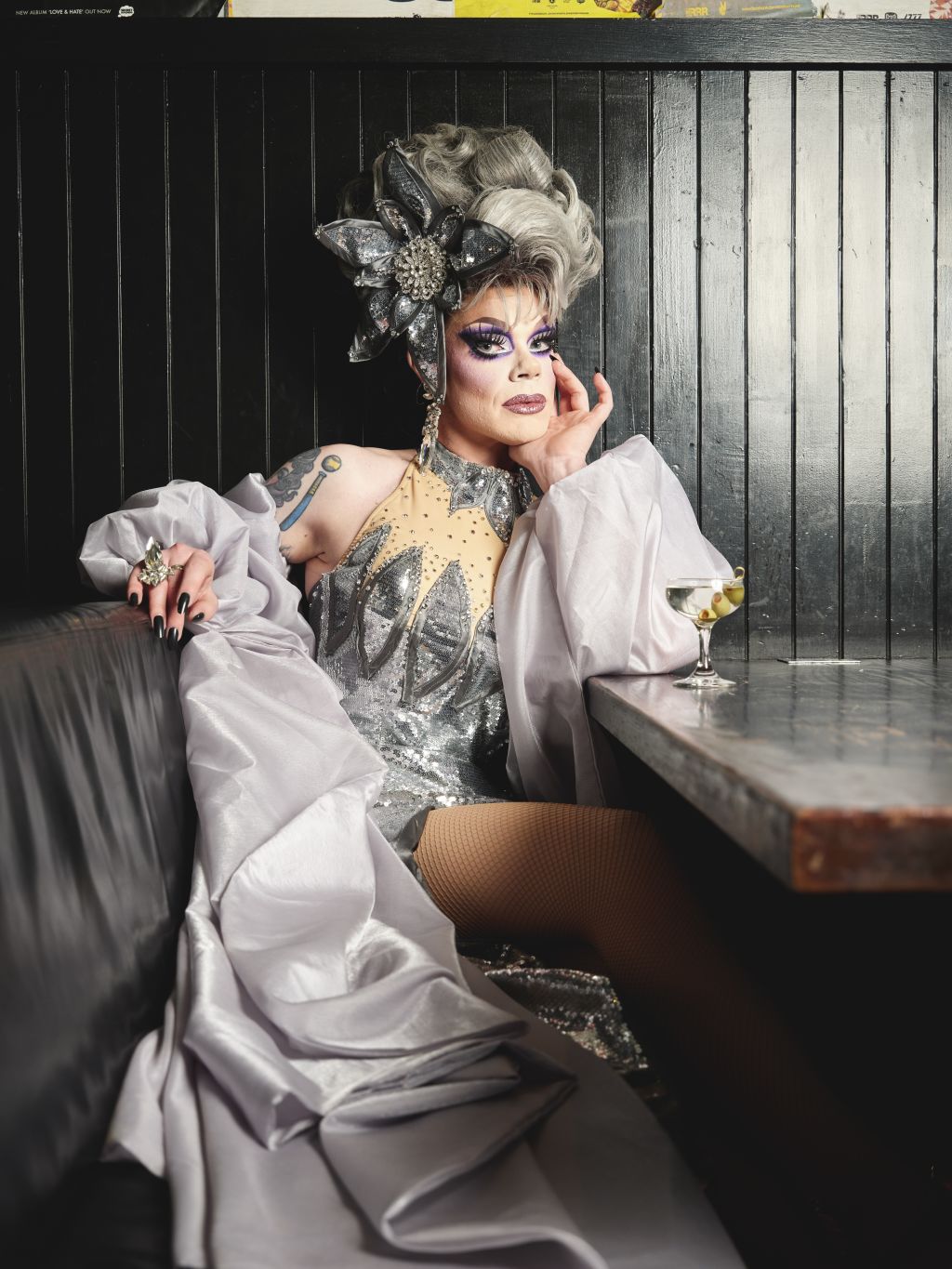
Community is a big theme in Drag Queens Down Under. The Aussie drag scene is a big tent, with members who sit at interesting intersections of culture, race and gender. Featured in the book is trans-non-binary performer Etcetera Etcetera, AFAB (assigned female at birth) queen Space Horse and even drag “king” Sexy Galexy. Miss Ellaneous’s interview tells how she co-founded the Miss First Nations pageant. Jojo Zaho talks about representing her First Nations community on screens worldwide through Drag Race. Other performers proudly claim Asian, Pasifika and other cultural identities.
“It was really important to give these artists their voices because they’re such an integral part of our community,” Art says. “I was really drawn to them because they are so proud to display who they are, to celebrate their culture, to educate when needed. Just really, really talented people … and drag gave them that sense of community. That made me extremely proud. We’re here, we’ve got each other’s backs, we care about our fellow queer family.”
In 2021, Art gained international fame as a finalist on the inaugural season of RuPaul’s Drag Race Down Under – the local Aussie and NZ version of the international drag juggernaut. The show came with a huge fandom and platform that’s allowed Art “to make more of an impact” in the time since, she says. “I’ve had access to so many fabulous opportunities, like making this book.”
She’s also toured extensively overseas, appeared on TV chat shows, launched a podcast (Concealed with Art Simone) and performed across Australia in the Kath and Kim drag parody Fountain Lakes in Lockdown. (Art features as mum Kath, revelling in a tightly curled blonde wig paired with parrot earrings, a koala jumper and sensible white slacks.)
RuPaul’s pop culture success has brought drag well into the mainstream. And while Art might draw a reluctant line between today’s more “homogenised” drag aesthetics and the pre-Drag Race days when Aussie performers were “kind of separated and segregated in our own little continent over here”, she sees nothing but positives in the artform gaining wider attention.
“All that dirty, subversive, strange, wild drag still exists. It’s not going anywhere. There’s just a more commercialised, glamorised sector of it now, which is just as fun.
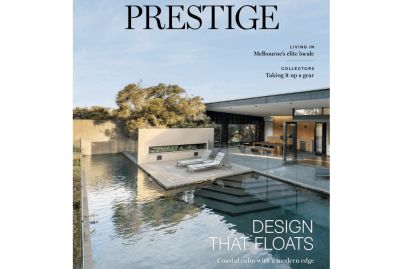

“It’s more visibility for the queer community. It’s more opportunity for our fellow queer people, and it’s also a bigger chance for other queer people out there to see themselves represented. Every time I get to do something mainstream, I just think if I was able to see that when I was younger … that’s amazing.
“The other thing is, with drag moving into the mainstream, we’re realising that drag is for everyone. It sits rooted within the queer community, and you should never, ever forget that. But drag is a fabulous artform that anyone should try and have a go at and explore.”
Art’s advice for baby queens? “Read this book and know your drag history, the people who came before you, and make sure you celebrate that. Another big tip is learn to drive a car and get your licence, because that’ll open up the world to you. And also make sure you wear lots of deodorant.”
Drag Queens Down Under is out now through Affirm Press. Thank you to The Corner Hotel for hosting our photo shoot with Art Simone.
This article first appeared in Domain Review, in partnership with Broadsheet.
We recommend
We thought you might like
States
Capital Cities
Capital Cities - Rentals
Popular Areas
Allhomes
More
